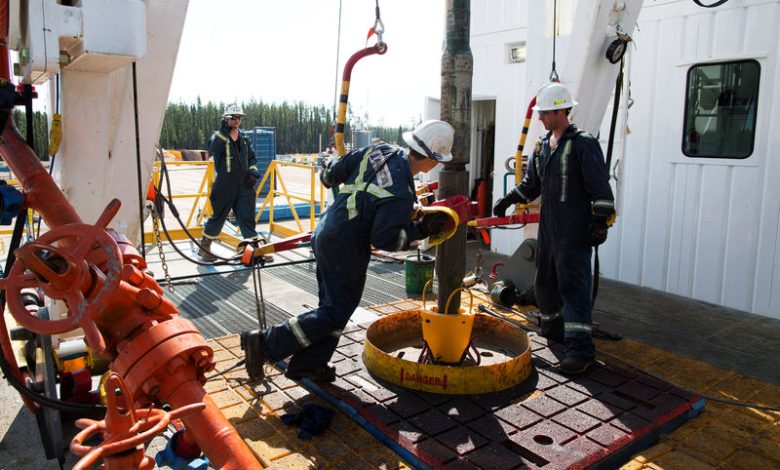
Crude Oil Edges Higher; WTI Leads on U.S. Demand
By Peter Nurse
Oil prices experienced a slight decline on Monday due to concerns that China may have difficulty fully reopening after its extended COVID-19 lockdowns. However, prices remain high as global supply continues to be constrained.
As of 9:25 AM ET (1325 GMT), oil futures were down 0.1% at $110.16 a barrel, while the Brent contract remained stable at $110.00 a barrel. In the U.S., fuel prices fell by 0.7% to $3.8114 a gallon.
Several cities in China, which is the world’s largest importer of crude oil, have been under prolonged lockdowns to combat COVID-19 outbreaks. These restrictions have significantly curtailed industrial production, leading to reduced demand for crude oil.
Shanghai, the commercial hub of China, reopened part of its subway system on Sunday after nearly two months of closures, raising hopes for a full reopening by the start of June. However, concerns are mounting as Beijing, the capital, has reported a rise in COVID-19 cases during its current outbreak, raising the possibility of similar lockdown measures there.
Despite these concerns, U.S. fuel prices have surged to record highs over the past two weeks and may rise further as Memorial Day on May 30 approaches, marking the beginning of the peak driving season in the U.S.
The strong demand in the U.S. is evidenced by the New York-traded West Texas Intermediate grade trading slightly above London’s Brent crude, regaining a brief premium from the previous week.
On the supply side, Saudi Arabia’s oil minister, Prince Abdulaziz, expressed the country’s support for Russia, a member of the OPEC+ grouping, countering pressure from Western allies to isolate Moscow. OPEC has maintained its monthly production quotas, despite indications that Russia is struggling to increase output due to Western sanctions. This, coupled with challenges in other export nations, resulted in OPEC+ falling short of its production target by over 2 million barrels a day in April, contributing to a tight market as demand recovers from the pandemic.
Moreover, reports indicate that China is increasingly purchasing Russian ESPO crude, ensuring demand for Russian oil even as many Western countries refrain from buying it. Data from shipping analytics firm Vortexa revealed that 20 of the 21 oil cargoes loaded at the port of Kozmino this month are destined for China, with April and May flows projected to be 20% higher than normal according to estimates from shipping service Braemar.
In the U.S., despite strong energy demand, shale companies have only marginally increased their investments in drilling. The latest data indicated that the number of active oil rigs in the U.S. rose by only 13 units, bringing the total to 576.
 GOOGL
GOOGL  META
META 


